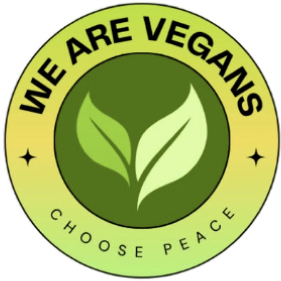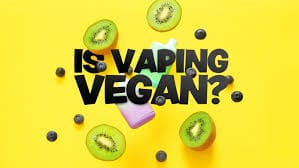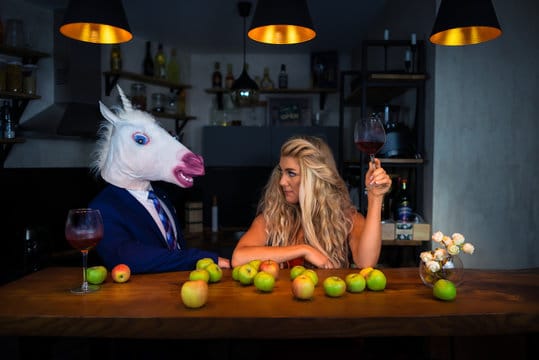The Truth About Leather and Why Vegan Fashion Is the Future
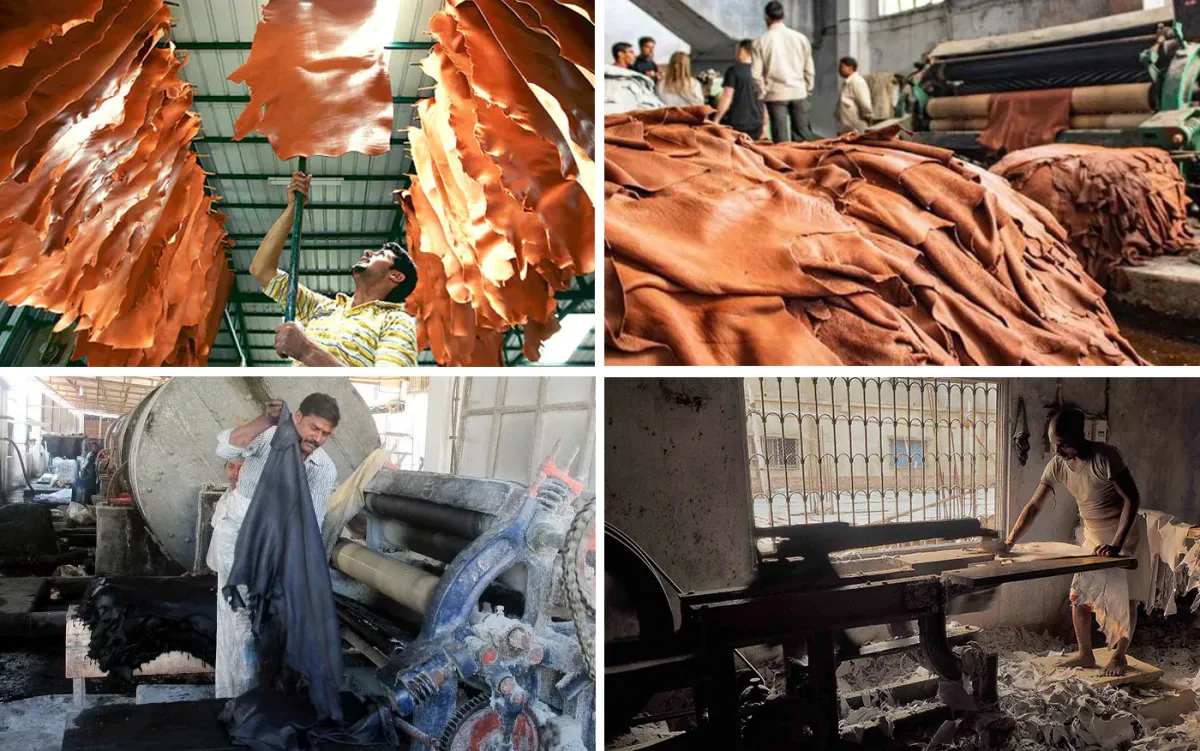
Leather has long been considered a luxury material, synonymous with quality and sophistication. However, in recent years, as people become more conscious of animal welfare, environmental issues, and sustainability, the truth about leather is coming to light. As a result, vegan fashion—fashion that uses alternatives to animal-derived materials—is gaining popularity and emerging as the future of sustainable, cruelty-free style. Let’s dive into the truth behind leather and why vegan fashion is leading the way forward.
1. The Dark Truth About Leather Production
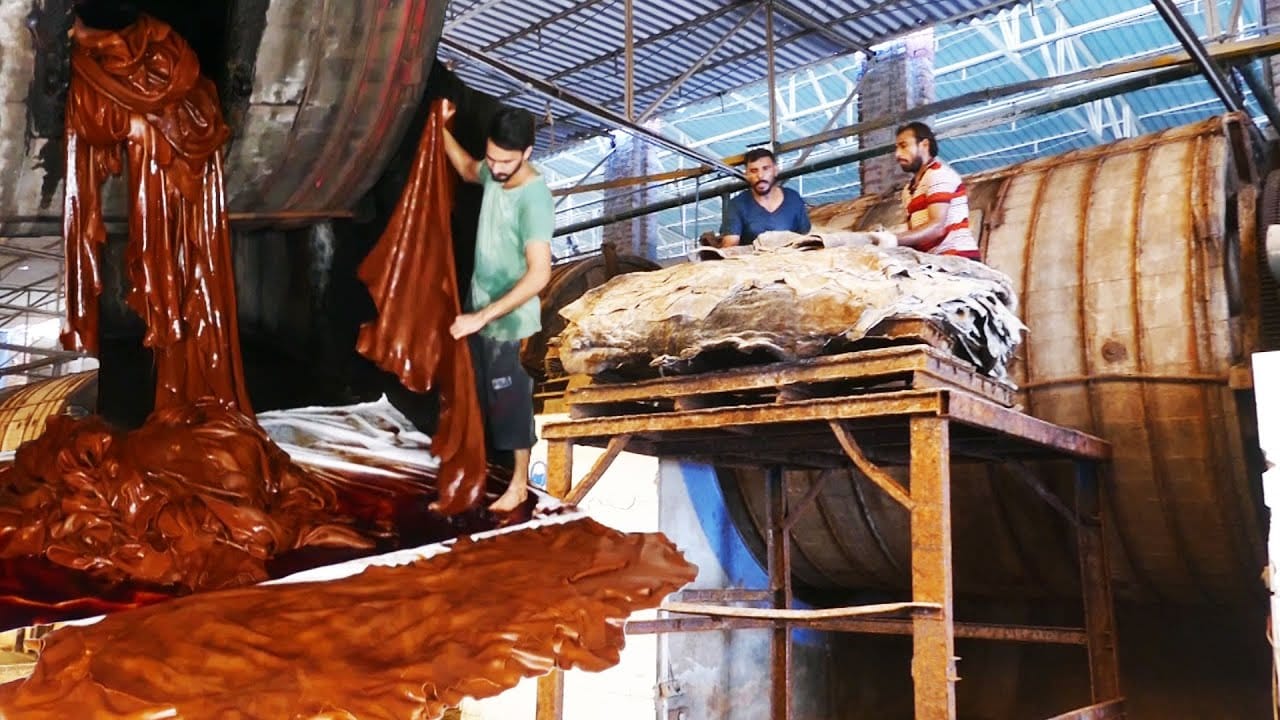
Leather is primarily made from the hides of cows, which are usually a byproduct of the meat industry. The process of turning animal hides into leather involves harsh chemical treatments, including the use of chromium, which is a toxic substance. This chemical process not only harms the workers who handle it but also pollutes the environment when it is released into waterways. Leather tanneries are one of the leading sources of water pollution, with toxic chemicals leaching into rivers and lakes, affecting ecosystems and human health.
Furthermore, the leather industry is closely linked to deforestation, especially in countries where cattle ranching is prominent, such as the Amazon rainforest. Large swaths of forests are cleared to make way for grazing land, contributing to habitat destruction and the loss of biodiversity.
2. The Environmental Impact of Leather
Leather production is a resource-intensive process. It takes vast amounts of water and land to raise the animals that provide the hides, and much of this is unsustainable. For example, raising cattle requires enormous quantities of water—more than any other livestock—and their methane emissions significantly contribute to global warming.

Additionally, the tanning process, which uses toxic chemicals like chromium salts, has a serious environmental impact. These chemicals often end up in rivers, poisoning wildlife and contaminating drinking water for communities nearby. While the fashion industry is a significant contributor to global pollution, leather production stands out as one of the most environmentally damaging sectors.
3. Vegan Fashion: A Sustainable Alternative
As awareness grows around the ethical and environmental issues tied to leather production, vegan fashion has emerged as a sustainable, cruelty-free alternative. Vegan fashion uses materials that do not come from animals, such as synthetic or plant-based fabrics. These materials can include options like pleather (synthetic leather), cork fabric, apple leather, mushroom leather, and other innovative alternatives made from plant waste or fungi.
One of the most exciting developments in vegan fashion is the rise of "lab-grown" leather, which uses biological processes to create leather-like materials without the use of animals. These materials are both durable and versatile, offering the same quality and appearance as traditional leather, but without the harmful environmental and ethical issues.
4. Benefits of Vegan Fashion: Cruelty-Free and Compassionate
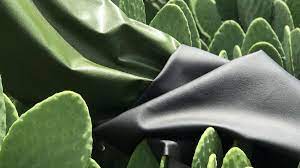
The most obvious benefit of vegan fashion is its cruelty-free nature. By choosing vegan alternatives to leather, you are making a conscious decision to support an industry that does not exploit animals for their hides. No animals are harmed in the production of vegan fashion, which aligns with the growing demand for ethical and compassionate consumer choices.
Vegan fashion also supports a shift towards greater transparency and ethical labor practices within the fashion industry. Many vegan brands prioritize fair labor practices, ensuring that workers involved in the production process are treated ethically and paid fair wages, which is not always the case in traditional leather production.
5. The Rise of Innovative, High-Quality Alternatives
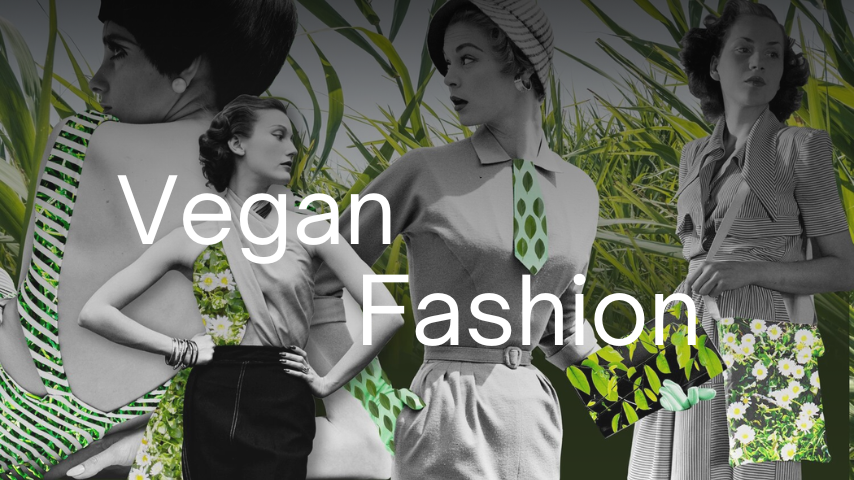
Vegan leather is not only a great option for animal lovers but also for those who care about quality and style. Modern vegan leathers are made from a variety of materials that mimic the texture, look, and durability of animal leather. Materials like pineapple leather (Piñatex), made from the fibers of pineapple leaves, and apple leather, derived from waste products in the apple juice industry, are proving to be durable and versatile alternatives.
Moreover, these plant-based leathers are often more breathable, lightweight, and water-resistant than traditional leather. As technology improves, these materials are becoming increasingly sophisticated, offering products that are just as high-quality, if not more so, than traditional leather.
6. Vegan Fashion Is the Future
Vegan fashion is no longer just a niche market; it’s a growing movement that’s gaining traction in the mainstream. More and more brands are adopting vegan alternatives to leather, from luxury designers to fast fashion retailers. The shift towards vegan fashion is not just about avoiding animal cruelty; it’s about creating a sustainable, ethical, and innovative future for the fashion industry.
With increasing concerns about climate change, deforestation, and animal rights, the demand for sustainable fashion has never been higher. As consumers become more informed about the environmental and ethical impact of their purchases, vegan fashion is emerging as the future of style—where compassion, sustainability, and innovation come together.
Conclusion: The Ethical and Sustainable Choice
While leather has been a staple in fashion for centuries, the growing awareness about its environmental and ethical implications is leading many to seek alternatives. Vegan fashion offers a more sustainable, cruelty-free solution that does not compromise on style or quality. As technology advances and more brands adopt ethical practices, vegan fashion is set to become the future of fashion.
By choosing vegan alternatives, consumers can support a more ethical, sustainable fashion industry and help drive the change toward a world where animals are no longer exploited for clothing, and the planet is treated with respect. Vegan fashion is not just a trend—it’s the way forward.
